We caught up with the brilliant and insightful Dr. Anni Wang, conquering soft tissue pain in a holistic and functional way, a few weeks ago and have shared our conversation below.
Anni, thanks for joining us, excited to have you contributing your stories and insights. If you had a defining moment that you feel really changed the trajectory of your career, we’d love to hear the story and details.
I was in engineering school, getting a phd in mechanical engineering focusing on biomaterial mechanical property for medical application. I was doing experiments, data analysis, and sitting in front of the computer all day long. My neck was hurting, and my upper back was killing me. I was like I’m only in my early 20s and I told myself that I couldn’t live like that, because with multiple family members in the medical field, health has always been my family’s top priority. That was the turning point . I was always intuitive, and after being adjusted to engineering from medicine by the Chinese government, I always had the dream in the back of my mind. I was amazed by the freedom we have in the U.S. after moving to Tampa to attend University of South Florida, so I thought to myself I am going to switch to medicine from engineering. I did, and I got admitted to Northwestern University Feinberg School of Medicine for a doctoral degree in Physical Therapy, which is the closest thing in medicine to engineering. Now a decade later, I am working my dream job as a clinician helping my clients. My engineering trouble-shooting and problem-solving skills have really helped my therapy practice take off. Gait analysis was very self explanatory to me, I am a natural at joint check and movement assessment. Putting pieces together to determine an individualized diagnosis and plan of care for my client was effortless to me because that’s how engineers are trained to think and work. We say happiness and health are the most important things in our life. My intuitive decision led to a defining moment that was one of the best decisions I have ever made for my life.
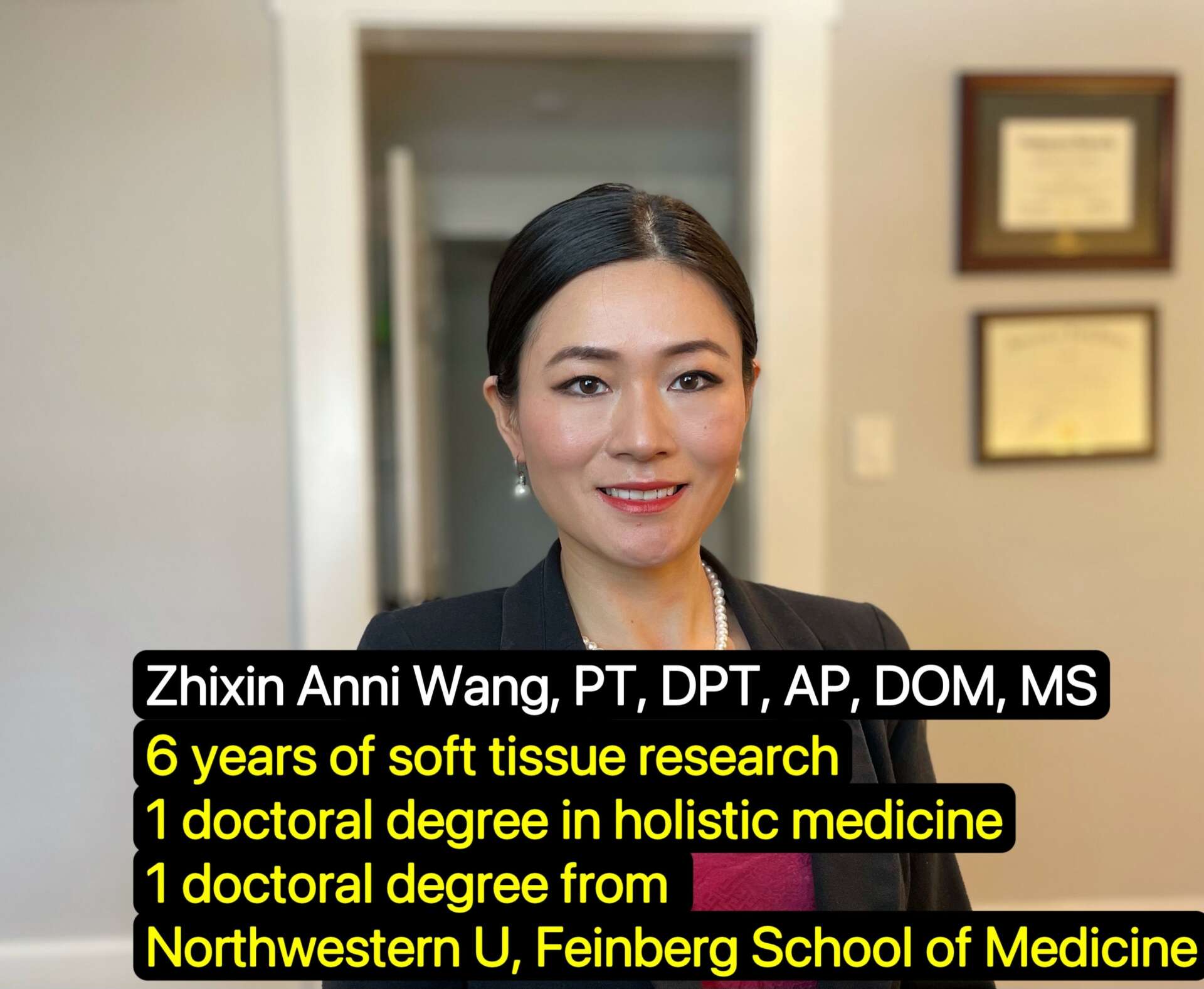
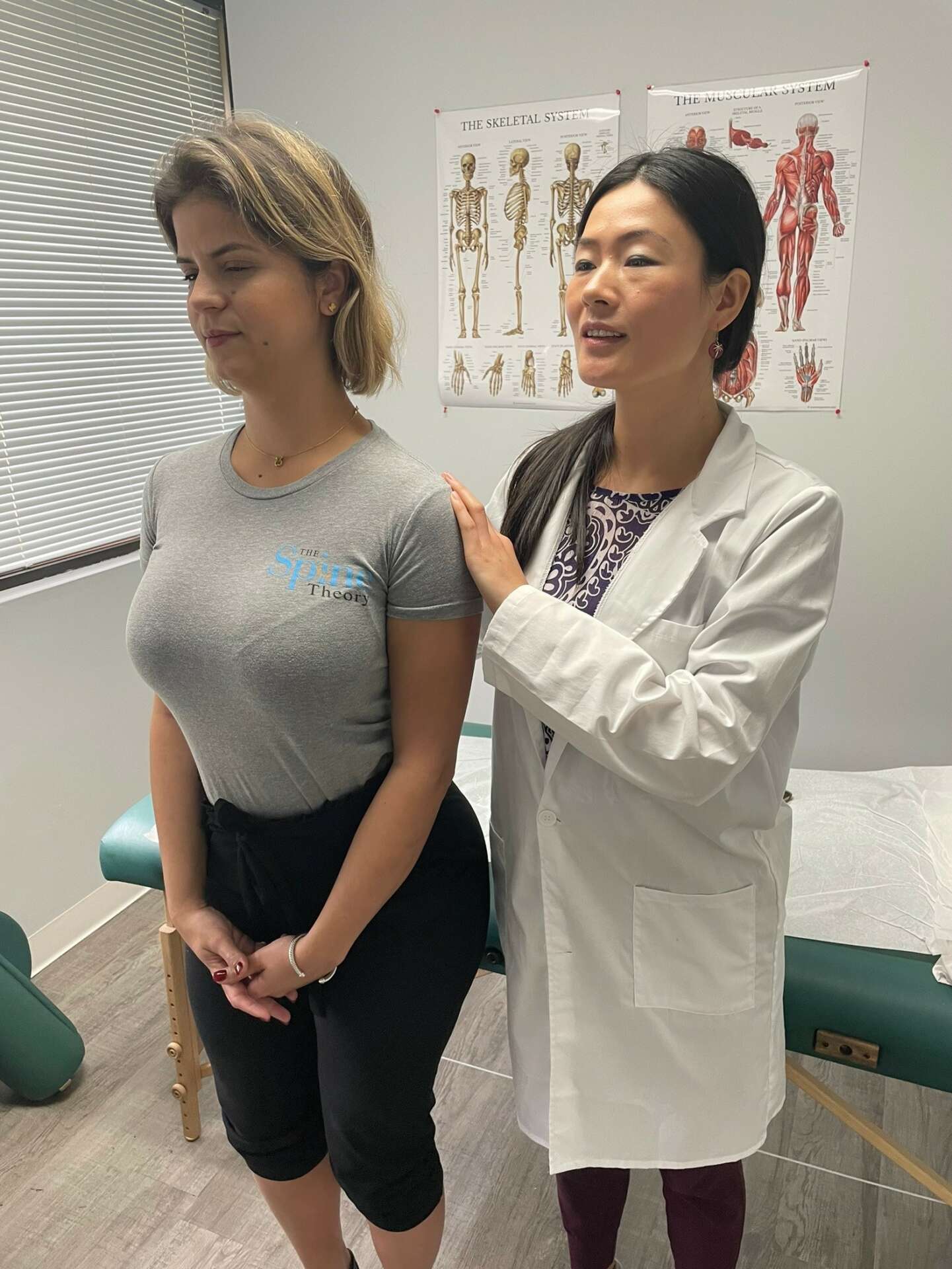
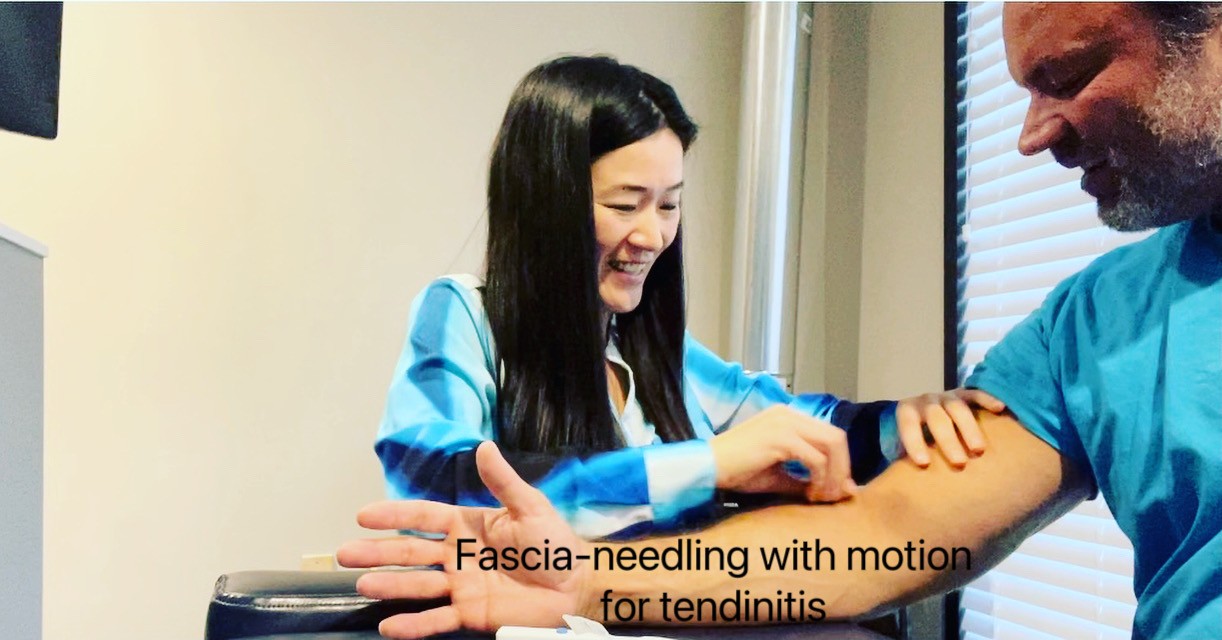
Great, appreciate you sharing that with us. Before we ask you to share more of your insights, can you take a moment to introduce yourself and how you got to where you are today to our readers
Taking one step back. I was born in rural China and my grandfather was a traditional Chinese medicine doctor I followed around growing up. His house smelled like an herb garden. The acupuncture needles and soft tissue tools were my toys growing up. I always respected and admired my grandfather, because he seemed like the greatest guy that everyone knew loved him, and his patients really appreciated him for what and how he helped them. So here I was forced to study engineering by the Chinese government because I was good at Math. At the defining moment attending USF, I decided to switch to physical therapy from engineering. To me, It’s western rehabilitation, and my grandfather’s work was eastern rehabilitation. In the process of applying to Northwestern for a doctorate in physical therapy, I went back to China to obtain a medical doctor degree in oriental medicine focusing on Chinese acupuncture and TuiNa. I became a licensed acupuncturist in Chicago while studying physical therapy at NU. Life is interesting, and the only advice I would give my children is to follow your curiosity and your intuition. That’s what I did, and all the studying led me to the passionate work I am doing right now. I opened my own clinic after practicing as an acupuncturist and physical therapist in a couple big group practices respectively. All knowledge connects, just acupuncture or just physical therapy is shamefully not efficient enough. Acupuncture and Physical Therapy are like two siblings raised up by different language speaking families on the opposite side of the earth, and are stronger together. The physical therapy anatomical myofascial kinetic chain explains acupuncture meridians well, the emotions causing disease and the energy/multi-elements harmony theory in oriental medicine is a pioneer in our body mind spirit as a whole theory. In my daily practice, combining acupuncture and physical therapy yields 1+1=3 results. My focus on the body as a whole approach and target mind body spirit alignment theory has really accelerated the clinical outcome. I am able to provide holistic pain care that is individualized, functional, problem-cause solving, and a whole person approach.
Another miracle of life is my biomaterial engineering study. I thought I gave up engineering for a passion worth life pursuing, however, the engineering training and knowledge equipped me with a pair of wings once I started my clinical practice. All the knowledge I learned from quantum mechanics, material optimization, and most importantly biomaterial property modification and optimization, really helped me understand the human body. As soon as I put my hands on my patients, I know their tendons, the muscles, the ligaments, their overall soft tissue quality.. The understanding of muscle/tendon/vessels/connective tissue stiffness/elasticity/strength/viscosity and their various anatomical function help me efficiently and effectively diagnose the problem, and a world class tool box with eastern medicine and western medicine provide me with sufficient options to fix the root of the problem. Our most scientific clinical pain management includes:
Diving into the physical body. It is a precise and multilayer multifunctional system. Pain is a nerve signal sent from our impaired tissue to the brain, and is interpreted by the brain as danger/damage, which is a protective mechanism of the human body. Most of the time, a type c unmyelinated small nerve (comparing motor nerve as highway, which is like a neighborhood road) nerve ending is fired up by chemicals (inflammatory bio-molecule) through nocireceptors or by excessive stress (mechanical high stress force in soft tissue)through mechanical receptors, and generates a nerve signal which interpreted by certain brain area as pain. So pain is not the problem, and the solution really is simple, which is to remove the stimulus (or c-fiber nerve activator) to help reduce/diminish pain. for example, for the most common neck and low back pain, we use acupuncture to decrease muscle tension, cupping/gua sha to reduce fascia tension and tingling, and soft tissue manual treatment to release the nerves. By reducing inflammation and recovering the soft tissue, we can eliminate the pain generating factors. Then we apply stretching/strengthening exercise to rebalance your spinal/paraspinal muscle groups to improve stability and body mechanics to prevent the soft tissue dysfunction reoccur. My research skills extended to our clinical study, and we found out the most pain started in connective tissue, which is the extension of muscle fiber sheets, surrounding tendons/bones, lining underneath skin, and filling spaces between functional organs/structures. The spine pops with adjustment involve connective tissue fascia unwinding. The capillary is mostly bedded in connective tissue fascia, etc. Being a soft tissue expert, my expertise is solving physical pain.
body as a whole, and we are physical/emotional/spiritual beings. About 30% of my patients initially came for their pain, however, we found out they also were suffering from anxiety, a certain degree of depression, and various psychosocial economic stressors that had to be addressed before these clients would heal from their pain. The mental pain and physical pain aggravate each other, physical pain causes emotional stress, and the mental stress chronically decreases our pain threshold, and manifests into physical pain. In my clinical practice, we often start to relieve physical pain, then we apply the physical-emotional-psychological framework to address the client’s whole well being.
close the gap of clinical care and home self care. We are developing online resources with amazon kindle book energy exercise series and home care soft tissue products. Our goal is to help our clients get well, and then most importantly, stay well independently. Check out our amazon store: https://www.amazon.com/ffascianeedlinginstitute

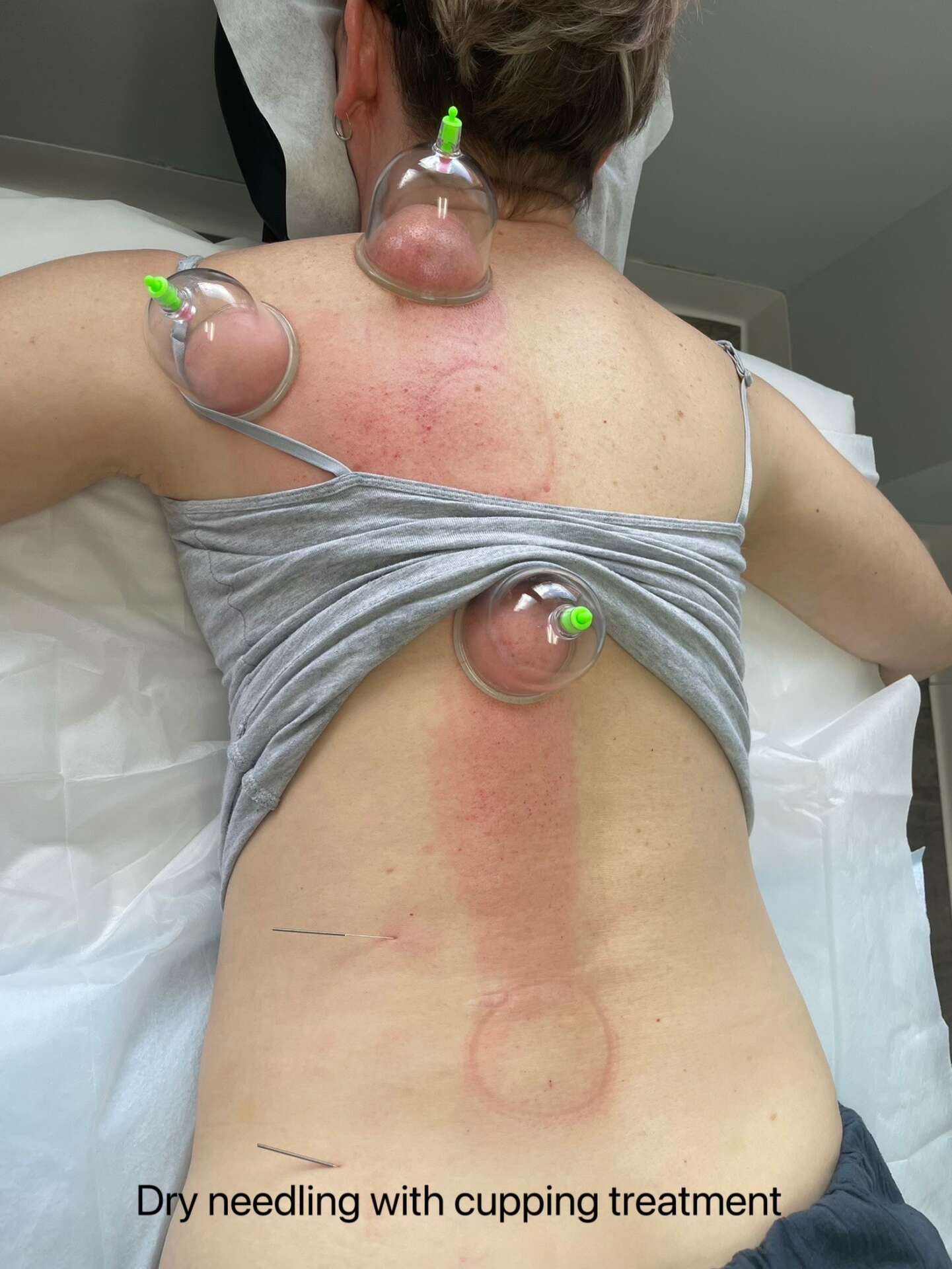

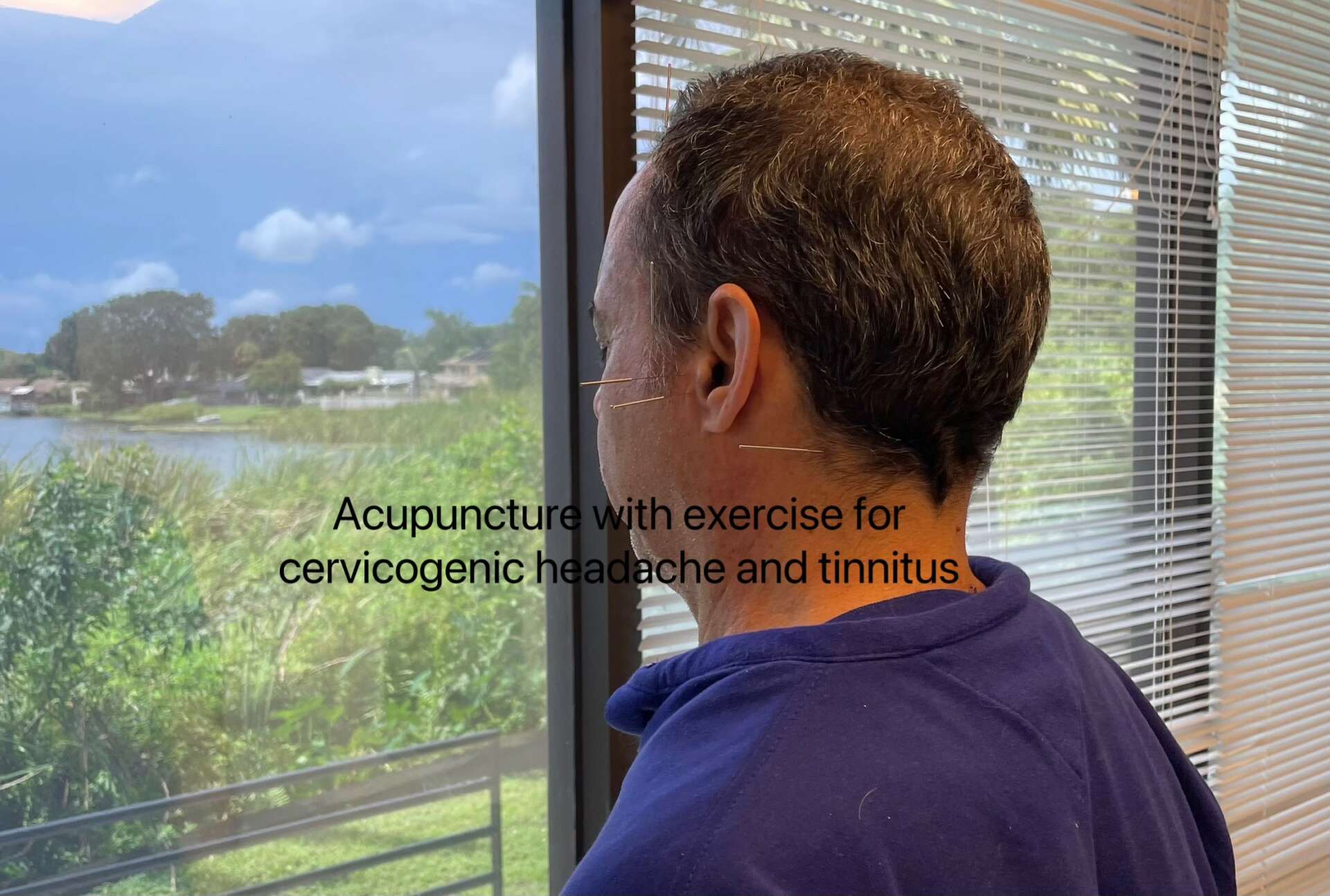
What do you think helped you build your reputation within your market?
Never forget my purpose and mission. As a clinician, my purpose and mission is simply to help my patient relieve pain and get back to an active life quality. I understand I am operating a business with tons of paperwork, but in front of my patients, it’s always soul to soul, and we both have the absolutely same intention of getting rid of the pain, and meeting their functional life goals. Everybody has talents in different fields, and I was lucky I followed and fully explored my great intuition at health/wellness. When I focused on my clinical skill and provided such cutting edge niche care, I never needed to spend a dollar on marketing, my clients brought their friends and family to me. Organic growth brings the best foundation and reputation for medical practice.
Can you tell us about what’s worked well for you in terms of growing your clientele?
After I figured out the root cause of the pain problem, I started to develop clinical education courses for other clinicians and therapy tools that fit in our daily life and help economically close the gap between clinical care and home self care. Please refer to my youtube link: and my amazon store for therapy products. Once I am a qualified clinician as I was trained to be, the doors opened to various opportunities. I think for me it’s simply being the best at what I do, and always focusing on solving problems for clients, because that gives value to any product/service with potential.
Contact Info:
- Website: https://www.aurorapainspecialist.com/
- Instagram: dranniwang
- Facebook: https://www.facebook.com/FasciaNeedling
- Youtube: https://www.youtube.com/@MedicalTaichi-Qigong
Image Credits
aurora acupuncture and physical therapy clinic


